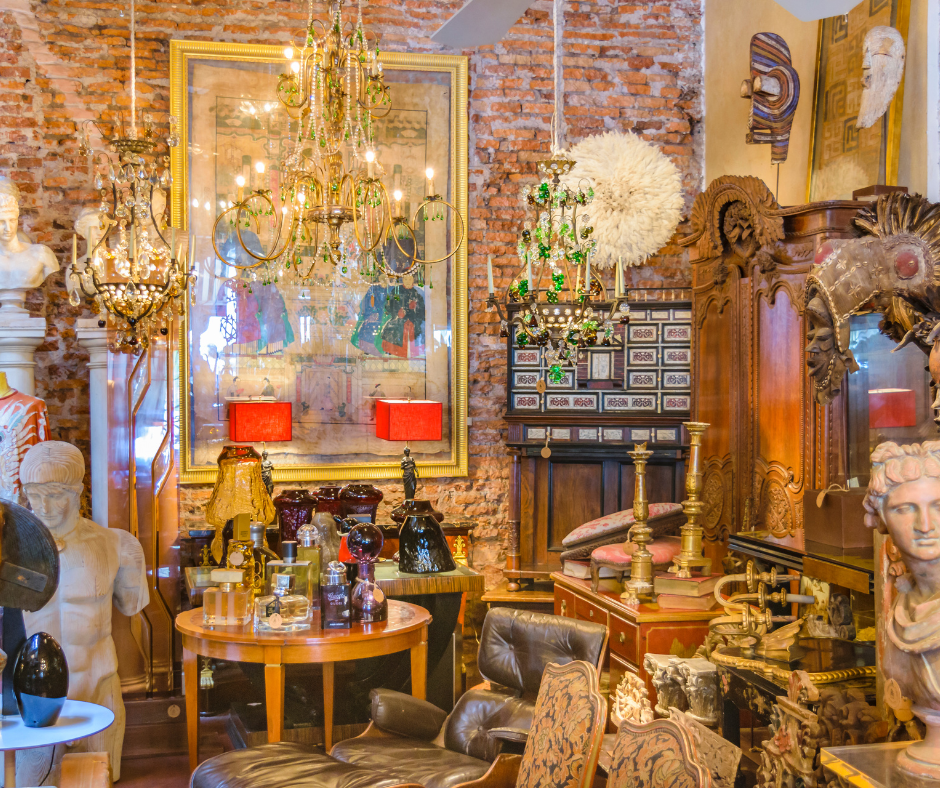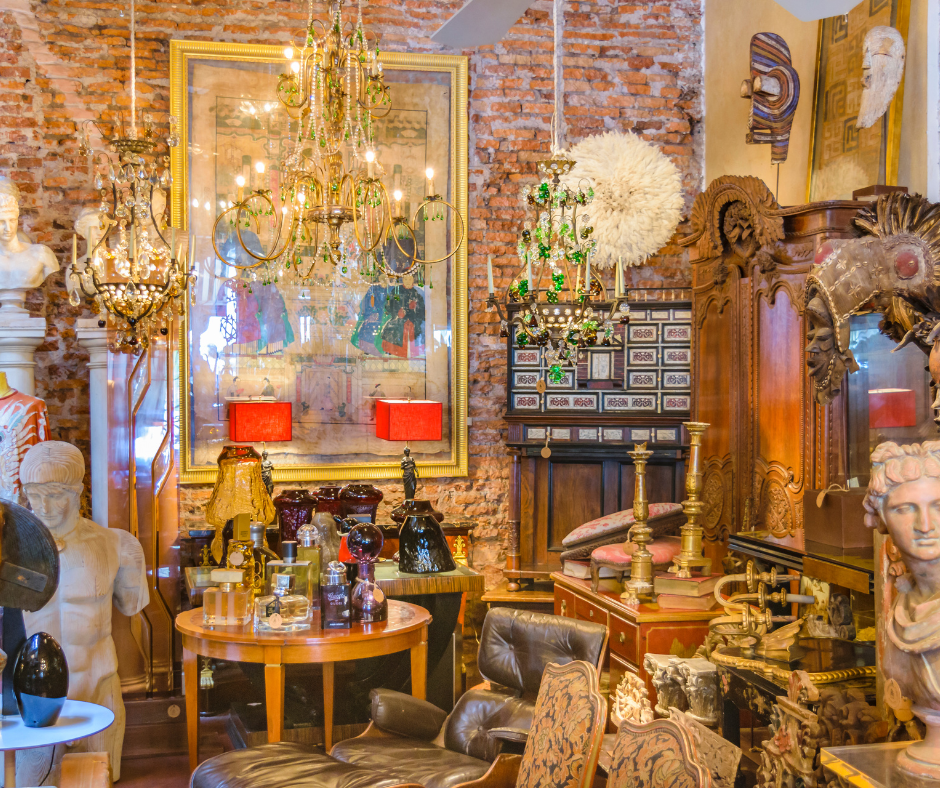Preserving the Past: Expert Tips for Safely Moving Antiques

Antiques are more than just items; they are pieces of history, each with its own story. Whether relocating or moving antiques to a new location requires careful planning and execution, this comprehensive guide will walk you through the steps to ensure your antiques are moved safely and securely.
Understanding the Value of Antiques
Antiques hold both emotional and financial value. They may be family heirlooms passed down through generations or valuable purchases from antique shops or auctions. Understanding this value is the first step in moving antique furniture or other items.
Preparing Your Antiques for the Move

Before transporting antiques, preparing them properly is crucial to prevent any damage. Here are some steps to follow:
1. Clean Your Antiques: Use a soft cloth to remove dust and grime gently. Avoid using harsh chemicals that could damage the item.
2. Check for Any Damage: Look for any existing damage or weak spots on your antiques. This will help you and your antique furniture movers to handle them appropriately during the move.
3. Take Photos: Photograph your antiques from all angles. These photos can serve as a reference in case of any disputes about the condition of the items after the move.
Inventorying Your Antique Collection
Creating an inventory of your antiques is a crucial step in moving. This inventory of antiques should include the following:
- A detailed description of each item
- The estimated value (based on an antique appraisal if available)
- Any existing damage or unique features
- Photographs of the item
Appraising and Insuring Your Antiques
Before relocating antique furniture or other items, it's advisable to have them appraised by a professional. This appraisal will determine the item's value, which is essential for insurance.
Once you have the appraisal, you can purchase insurance for antiques. This insurance will cover the cost of any damage or loss that occurs during the move.
Choosing the Right Moving Company for Your Antiques
Regarding moving antiques, not all moving companies are created equal. Look for professional movers who specialize in handling antiques. These movers will have the necessary experience, equipment, and packing materials to move your antiques safely.
Packing Your Antiques for the Move
Packing is a critical step in the process of moving antiques. Here are some tips to ensure your antiques are packed safely:
1. Use the Right Packing Materials: Use furniture pads and foam to protect your antiques. For smaller items, consider using customized crates for added protection.
2. Secure Your Antiques: Use packing tape to secure the padding and prevent movement during transport. However, avoid applying tape directly to the antique, as it could damage the finish.
3. Label Your Boxes: Clearly label all boxes containing antiques. This will help the movers know which boxes require extra care.
Special Considerations for Moving Antiques

When moving antique furniture or other items, there are a few special considerations to keep in mind:
Climate-Controlled Storage: If your antiques are stored during the move, ensure the storage facility is climate-controlled. Changes in temperature and humidity can damage antiques.
Fragile Items: Consider using a white glove moving service for fragile items. These services specialize in handling and transporting antiques and other delicate items.
Moving Day: Ensuring the Safe Transport of Your Antiques
On a moving day, could you communicate clearly with your movers about which items?
They are antiques and require special handling. Ensure the movers use the right equipment, such as furniture dollies and straps, to move your antiques safely.
Post-Move: Checking and Caring for Your Antiques
Once your antiques have been moved, checking them for potential damage is important. Contact your insurance company to file a claim if you notice any damage.
After the move:
- Take the time to care for your antiques properly.
- Clean them gently to remove any accumulated dust or grime during the movement.
- If you moved antique furniture, consider having it professionally cleaned and polished to restore its shine.
Frequently Asked Questions about Moving Antiques
Q: How do I pack antique furniture for shipping?
A: Antique furniture packing involves using the right materials, such as furniture pads, foam, and customized crates. Secure the padding with packing tape, but avoid applying tape directly to the furniture. For fragile items, consider using a white glove moving service.
Q: How do I prepare antique furniture for moving?
A: Preparing antique furniture for moving involves cleaning, checking for damage, and photographing. You should also have the furniture appraised and insured before the move.
Q: What should I look for in a moving company for antiques?
A: Look for a moving company that specializes in handling antiques. The company should have the necessary experience, equipment, and packing materials to move your antiques safely.
Q: How do I store antique furniture?
A: If you need to store antique furniture, choose a climate-controlled storage facility. Changes in temperature and humidity can damage antique furniture.
In conclusion, moving antiques requires careful planning and execution. Following the steps outlined in this guide makes sure that your antiques are moved safely and securely. Whether you're relocating antique furniture or other antique items, remember that these pieces are more than just items; they're pieces of history that deserve to be treated with care.


